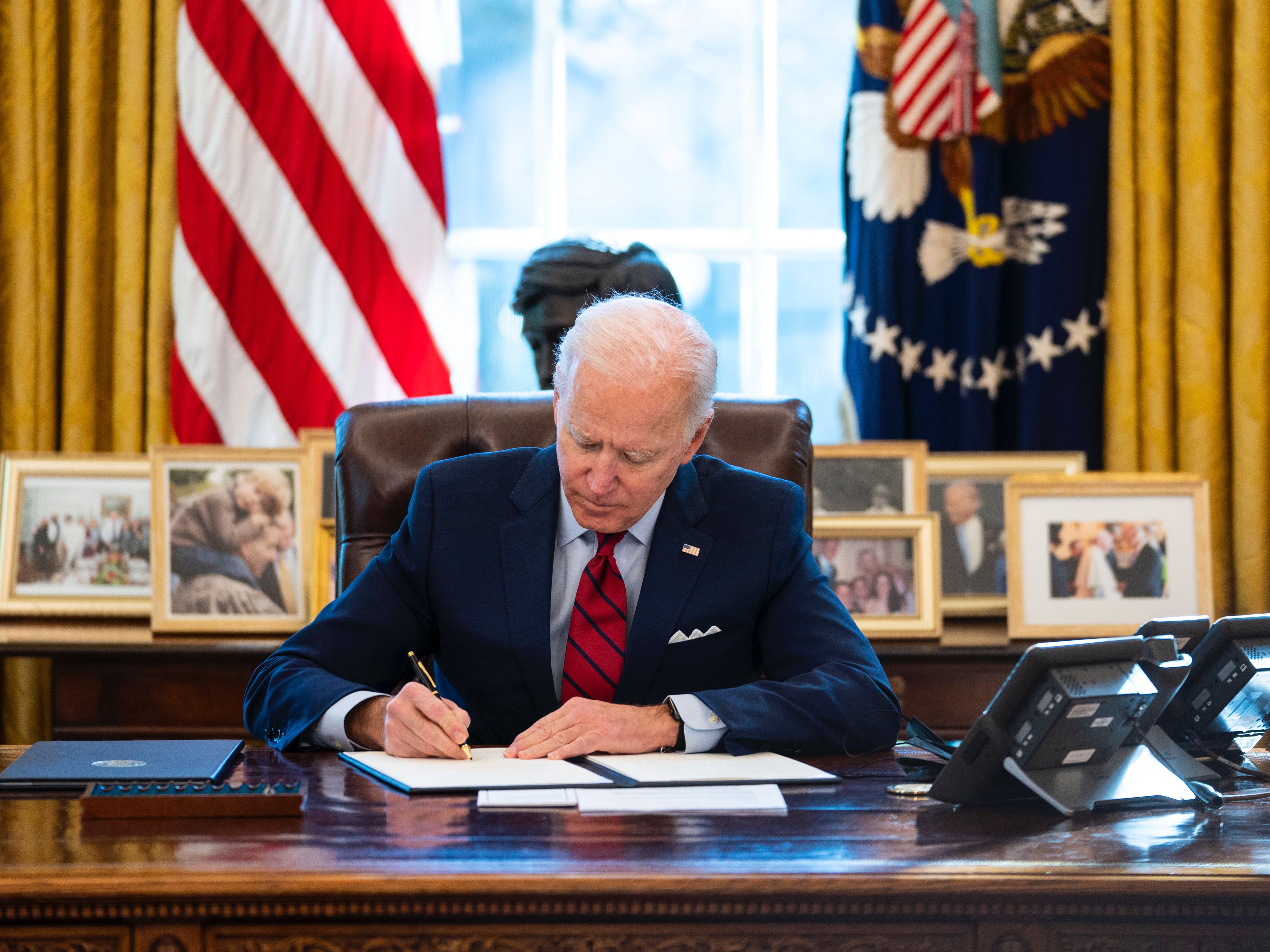

As the head of state and head of government of the United States, as well as commander-in-chief of the United States Armed Forces, only the President of the United States can issue an executive order. Some policy initiatives require approval by the legislative branch, but executive orders have significant influence over the internal affairs of government, deciding how and to what degree legislation will be enforced, dealing with emergencies, waging wars, and in general fine-tuning policy choices in the implementation of broad statutes. Like both legislative statutes and the regulations promulgated by government agencies, executive orders are subject to judicial review and may be overturned if the orders lack support by statute or the Constitution. The vast majority of executive orders are proposed by federal agencies before being issued by the president.

The ability to make such orders is also based on expressed or implied Acts of Congress that delegate to the president some degree of discretionary power ( delegated legislation).
#EXECUTIVE ORDERS BY PRESIDENT HOW TO#
Article Two of the United States Constitution gives presidents broad executive and enforcement authority to use their discretion to determine how to enforce the law or to otherwise manage the resources and staff of the executive branch. The legal or constitutional basis for executive orders has multiple sources. In the United States, an executive order is a directive by the president of the United States that manages operations of the federal government.


 0 kommentar(er)
0 kommentar(er)
